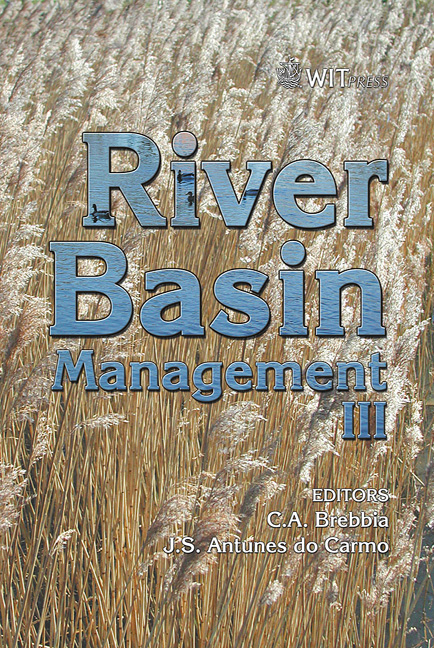Modelling Of Breach Channel Evolution
Price
Free (open access)
Transaction
Volume
83
Pages
10
Published
2005
Size
350 kb
Paper DOI
10.2495/RM050051
Copyright
WIT Press
Author(s)
L. Schippa & S. Pavan
Abstract
In the recent past several approaches have been developed in dam breach modelling which may be conveniently categorized as parametric-based or physically-based. The former utilizes key parameters such as average breach width and breach evolution time to represent the hydraulics and breach formation, and thus compute the breach outflow hydrograph using a numerical time-stepping solution procedure or a single analytical equation. In addition, a significant set of laboratory test cases have been carried out in order to understand and to reproduce the failure processes. In particular, the erosion due to the overtopping of an homogeneous embankment and the breach evolution in an earth dam have been examined in a large variety of conditions. In this paper a physically based numerical breach evolution model is proposed. It is based on an original conservative formulation of shallow water equations and on the sediment continuity equation. The momentum balance equation includes an alternative source terms treatment: the present approach considers the pressure force term as a function of the static moment variation, taking as a constant the water level elevation. As a consequence, the model does not account directly for local bottom slope, and is demonstrated to be particularly suitable in the abrupt changing of bed profile, as is typical in the breach channel. An original physically-based breach channel evolution scheme is proposed. Governing equations are numerically solved by a simple numerical scheme. The model has been tested versus laboratory tests, and results compare favourably with the observed data. Keywords: breach development, dam failure, earth embankment, numerical modelling, erosion process.
Keywords
breach development, dam failure, earth embankment, numerical modelling, erosion process.





